In light of the recent reports about nanoparticles in sunscreen, I decided that it is time to revisit one of my favorite topics: safe sunscreen. Every time someone questions the safety of certain sunscreens, special interest groups and dermatologists complain that it is irresponsible to suggest that we not wear sunscreen. I agree 100 percent and I want to make it perfectly clear that, as a melanoma survivor, I am painfully aware of the importance of wearing sunscreen.
As the owner of a skin care company that makes anti-aging products, I am also aware that the number one (and least expensive) anti-aging measure that anyone can take is to wear sunscreen 365 days out of the year, rain or shine. This is because UVA rays, "the aging rays." are present sunup to sundown, and come through glass and clouds.
Rather than question the importance of wearing sunscreen, we should be questioning -- as an industry and as consumers -- whether or not the sunscreen we wear is safe. Until the FDA steps up regulation, it is ultimately up to us as consumers to understand the potential safety questions that arise when we talk about effective sun protection.
Recent reports continue to confirm that nanoparticles are still one of the most pressing sunscreen safety issues to date. If you are new to nanoparticles and sunscreen safety, you may want to read "Nanoparticles: Assessing Your Health Risk and Why You Should Care to Learn the Basics" here.
Recent reports regarding nanoparticles continue to confirm what many sunscreen safety advocates have believed for some years -- they should be avoided.
Friends of the Earth found nanoparticles of anatase titanium dioxide in many well-known brands of sunscreen. They suggest these sunscreens are not safe to use and they cite a study, "The Interaction of modern sunscreen formulations with surface coatings," released in 2008, to make their case.
The study discusses the rapidity with which nanoparticles of anatase titanium dioxide break down in the presence of UV and water to generate free radicals. Since some skin cancers are linked to damage done to the skin by free radicals this is cause for concern. It is also worth mentioning that free radical formation is one of the primary causes of signs of aging.
The study also goes on to point out that all but one of the non-nano formulations broke down when exposed to UV. The one nano sunscreen that appeared to make the grade used a coated Tio2. Problem solved, except -- no. A study released in 2012 shows that not only does chlorine in pools strip the protective coating from TiO2, rendering it photoactive, but the coating itself can degrade to form free radicals.
In addition to the association between nanoparticles and free radical damage, it is also important to consider the larger issue of nanoparticle safety with respect to skin penetration of nanoparticles. Though many argue that nanoparticles can't get past the epidermal barrier, a study by Brian Gulson, et. al., of Macquarie University in Australia, refutes this claim. The study indicated that some particles of nano zinc oxide did absorb to elevate levels found in the blood.
If it is true that ZnO nanoparticles penetrate the skin, then it is likely that TiO2 nanoparticles do as well. TiO2 penetration is considerably more problematic than ZnO because ZnO breaks down into zinc and oxygen, which the body can handle. We do not have the same ability to break down titanium dioxide, so if it is to enter our systems, where does it go and what does it do when it get there? One disturbing study linking titanium dioxide nanoparticles with brain damage in fish is perhaps the first of more to come that will shed new light on the various toxic effects of titanium dioxide.
If we abide by the precautionary principle, acting to prevent harm when evidence indicates that something may be harmful, it would be wise to assume that non-nano zinc oxide is safer than nano zinc oxide, and that any form of zinc oxide is safer than titanium dioxide. Until more studies fill in the information gaps, it is safest to conclude that sunscreens made with non-nano zinc oxide are the best alternative. For more information on how to shop for safe and effective sunscreen, read "Sunscreen Safety... What's the Bottom Line?" here.
There are still many manufacturers out there who will say that there is not enough scientific evidence to prove that the above ingredients are toxic. I agree with them! I am simply not willing to jeopardize my health or the health of my family with exposure to ingredients that are toxic or even potentially toxic -- especially when better alternatives exist.
For more by Hillary Peterson, click here.
For more on personal health, click here.